Ertach Kernow - Photographing Cornwall on vintage film cameras
Cornish beauty spots and places of interest have been captured and recorded for centuries. From 16th century drawings by people such as John Norden, paintings by J M W Turner and later by film cameras by countless multitudes of people. Today the mobile smartphone has become the tool most people use to capture memories. What has endured and most people have as family mementoes and also held in collections are postcards showing Cornwall from the later part of the 19th century. These prove very useful for historians researching Cornwall throughout past times.
Camera obscuras with lenses were used from the 16th century enabling accurate drawings to be made. Decades of experimentation led to the first permanent photograph produced in 1826 with the first commercial camera manufactured in 1839. Nearly fifty years would pass until George Eastman created the first celluloid film camera in 1888. He named it Kodak, now perhaps the most well-known name in photography. Although many types of film were available over the following century it was the 35mm film that became most popular with the general public. Introduction of digital cameras during the 1980’s and from 2000 phone camera saw film photography reduced to a small niche market. Failing to capitalise early enough in the digital market Kodak the dominant force for photography during most of the 20th century filed for bankruptcy protection in 2012.
As always click the images for larger view
Interest in retro technology such as vinyl records by young people has also seen a huge resurgence in film photography. This has been fuelled by sharing images and discussion on social media. The revived Kodak has recently undertaken a complete modernisation of its Rochester, New York factory to expand production. At Newquay Museum we have been exhibiting photographic images taken by mostly young people on various different film and cameras. Almost all have been taken on vintage cameras of which the museum has a collection on display. Experimentation in use of different types of film is popular besides capturing the moment across a whole range of personal interests.
Newquay Museum is fortunate enough to have ‘Proper Photography Kernow, Newquay’s Photo Lab’ operating adjacent to our museum rooms. This brings in large numbers of people offering opportunities to share Newquay and Cornish heritage topics. Josh Griffiths the young man who set up and runs the photo lab recently asked me to drive him to some interesting places. Always happy to share some Cornish heritage off we travelled firstly to Kerdroya on the edge of Colliford Lake, Cornwall’s largest reservoir. Josh wanted to try out three different film types in a vintage Canon AE1 camera as part of a new museum exhibition. These to be shown next to digital versions of similar views taken on my Canon bridging camera.
The Kerdroya labyrinth is a ‘Goldentree Productions’ project. This is a unique piece of land art exuding Cornwall’s connections to the land through its legacy use of Cornish stone. Stone hedges are such an important part of Cornwall’s historic landscape. Using the same building techniques their construction utilises the various different types of stone found throughout Cornwall. Kerdroya throughout its 56-metre diameter and 750 metres of winding paths illustrates the skill of historic Cornish hedge builders by showcasing various techniques used depending on the available local stone. Not yet complete funding is being sought to complete the final 355 metres of pathway. An aerial view of the labyrinth shows a map of Cornwall in stone and will be a legacy hopefully matching that of some of Cornwall’s most ancient hedges from late Neolithic times.
A trip to Kerdroya also creates an opportunity to enjoy the peace of a walk along Colliford Lake. The sunny and dry spring, far more so than last summer, has led to some UK water authorities hinting at water supply issues unless there is more rain. In May 2022 this column warned that there was a potential water shortage in Cornwall, which turned out to be right. Colliford, Cornwall’s largest reservoir which holds 28,540 million litres of water was at one point down to just 13-percent full. This visit showed a much-exposed shoreline with records indicating levels some 18-percent below the same point last year and heading downward. Perhaps nothing to worry about at the moment, but with frenetic housebuilding continuing throughout Cornwall do we have the infrastructure for basic water needs in place? A hot dry summer may give us that answer. To be fair to South West Water for all their faults relating to the ongoing sewage issues they have worked at maintaining water supplies without flooding farmland and potentially heritage sites by building a new reservoir. Water issues aside the scenery and views overlooking Colliford Lake were beautiful from both Kerdroya and the dam containing the lake. Fishermen were enjoying the additional benefits of the reservoir which holds Cornish brown trout for traditional fly fishing.
Time then to move onwards to St Neots for a spot of lunch. I always try to encourage people to visit places throughout Cornwall and help support local business such as village pubs and cafes. The London Inn at St Neot is one I have frequented before and is a splendid traditional pub. This is an interesting 400-year-old former coaching inn next to St Neot’s famous church with interesting features. Josh and I enjoyed a tasty Sunday roast with ample proper gravy followed by a lovely desert with plenty of custard. The service from the friendly young staff was excellent. Thus fortified it was off to visit the church and its wonderful stained-glass windows and interesting crosses in the churchyard. It’s always good to see the Baner Sen Peren flying from the flagpole of St Neot’s church tower.
A St Neot tradition is that of Oak Apple Day this year held on 28th May. This event is a celebration dating to 1660 with the restoration of the monarchy after a decade of Commonwealth rule under Oliver Cromwell. The people had endured a period where any fun had been sucked out of life by the puritanical Cromwellian commonwealth regime. The puritans believed that ‘pointless’ enjoyment was sinful with sports and entertainment banned, theatres and inns closed even elaborate colourful clothing forbidden. The Restoration of King Charles II known as the ‘Merry Monarch’ was something to be rejoiced. Today St Neot’s celebrations include a procession carrying a branch of an oak tree which is hauled up and fixed to the church tower.
The people of St Neot had by some hard work and subterfuge managed to save their precious medieval stained-glass windows from destruction by commonwealth soldiers. St Neot’s church has amongst the most original medieval stained glass and this has made it famous throughout Cornwall and England. The windows were restored in 1824 but some have been critical of that work. Nevertheless these windows are beautiful and should be seen if visiting the area. There are some interesting crosses including the largest the ‘St Neot Cross’ which is dated to the 9th century and said to have been given to the church by Prince Alfred when visiting before he became king. The earlier church was rededicated in 1321 and the present church is a later rebuild with additions dating from the 14th and 15th centuries. The tower has been dated to the early 16th century.
Also at St Neot is the holy well situated a short walk from the pub and church down a pretty tree lined lane with the River Loveny running alongside it . If visiting the village its worth the time taken to walk down to the holy well for a look. The ground can be a bit boggy but opening the door you can look inside where there are three steps down to the water.
Leaving St Neot we travelled to Dozmary Pool. It’s always nice to see animals roaming around on the moors, this time there were lots of inquisitive cows with their calves. I was interested to see if the recent dry weather had effected the water there. Although a bit out of the way it is a lovely place to visit, to sit and contemplate and enjoy the quiet of this famous moorland freshwater lake. While Josh took photographs on three different cameras I had a yarn with an elderly lady staying at the nearby holiday cottage visiting from Norfolk. She and her family visit every year and love the quieter places of Cornwall, appreciating Cornish heritage and places of beauty. She was quite aware of the legends of Excalibur being hurled into the lake by Sir Bedivere and the ghost of Jan Tregeagle said to haunt the lake and other places in Cornwall. The Excalibur legend was one dreamt up by the 19th century poet Alfred Lord Tennyson, possibly in cahoots with his acquaintance the Reverend Stephen Hawker who also shared Arthurian interests in poetry. Although Dozmary Pool is not actually named it is believed this is the site that inspired Tennyson. My conversation was cut short as a heavy squall blew up with the lake surface becoming turbulent as the wind and rain scooted across its surface. Tregeagle came to mind and its clear how earlier folk would have perhaps told their children stories of his ghost as the wind howled across these moors.
Then it was back to Newquay to develop the film ready for this week’s article. Newquay Museum will be extending its photographic exhibition over the coming weeks. This will also include some earlier engravings to illustrate the evolving nature of imagery over two-hundred years and evolving Cornish towns.
Proper Photography Kernow - links


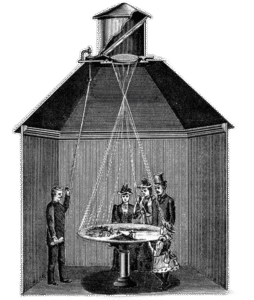
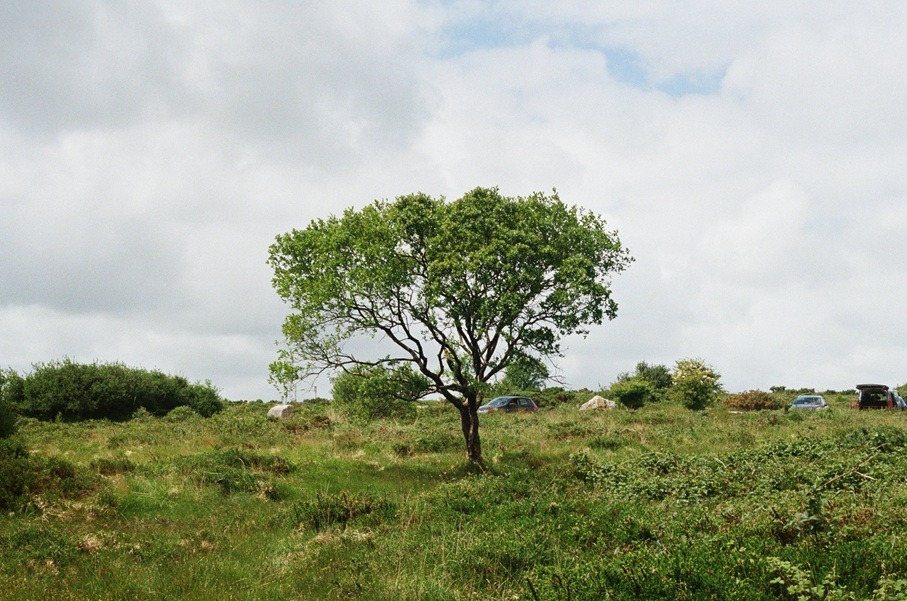
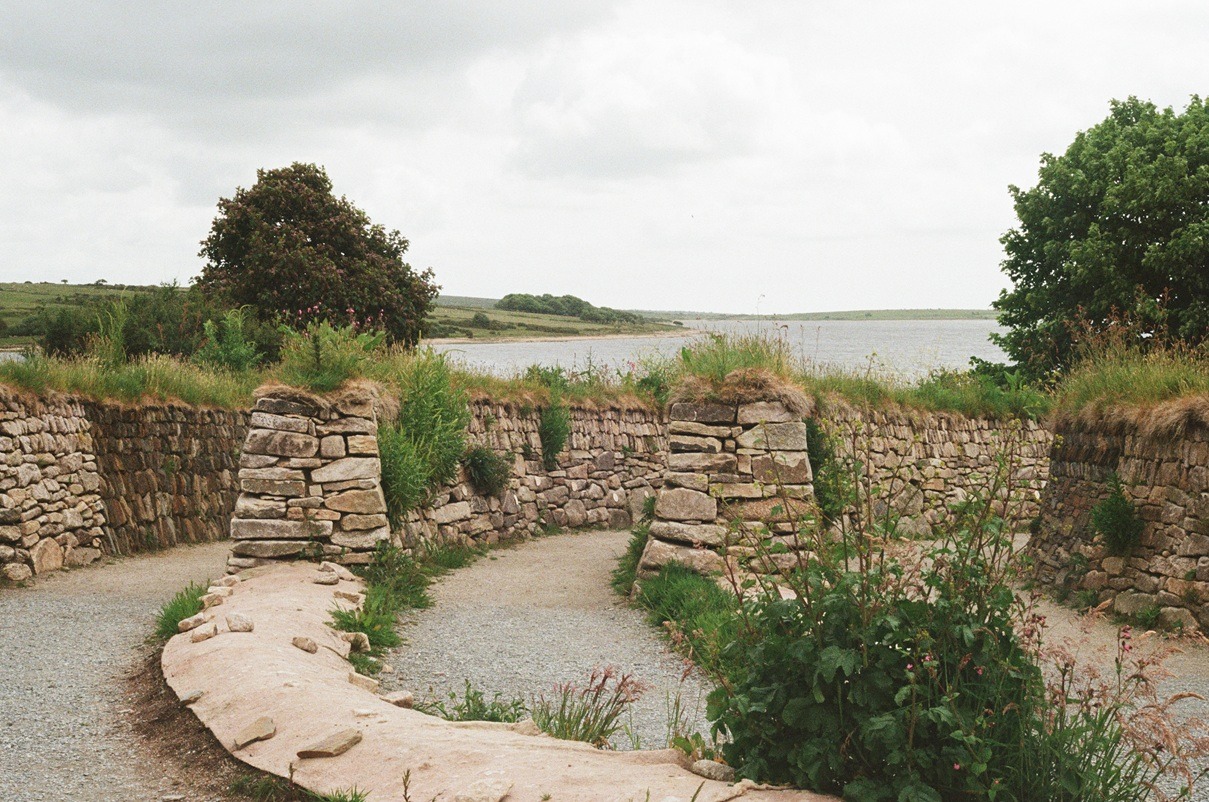
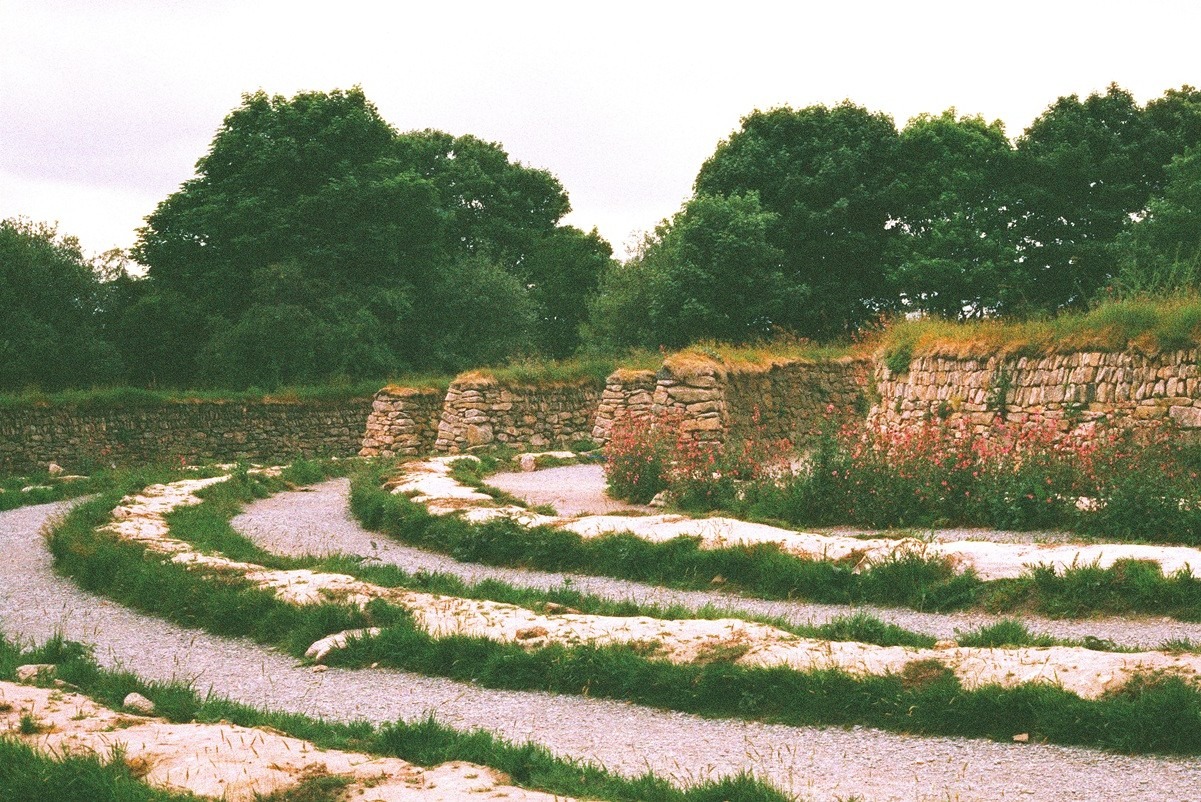
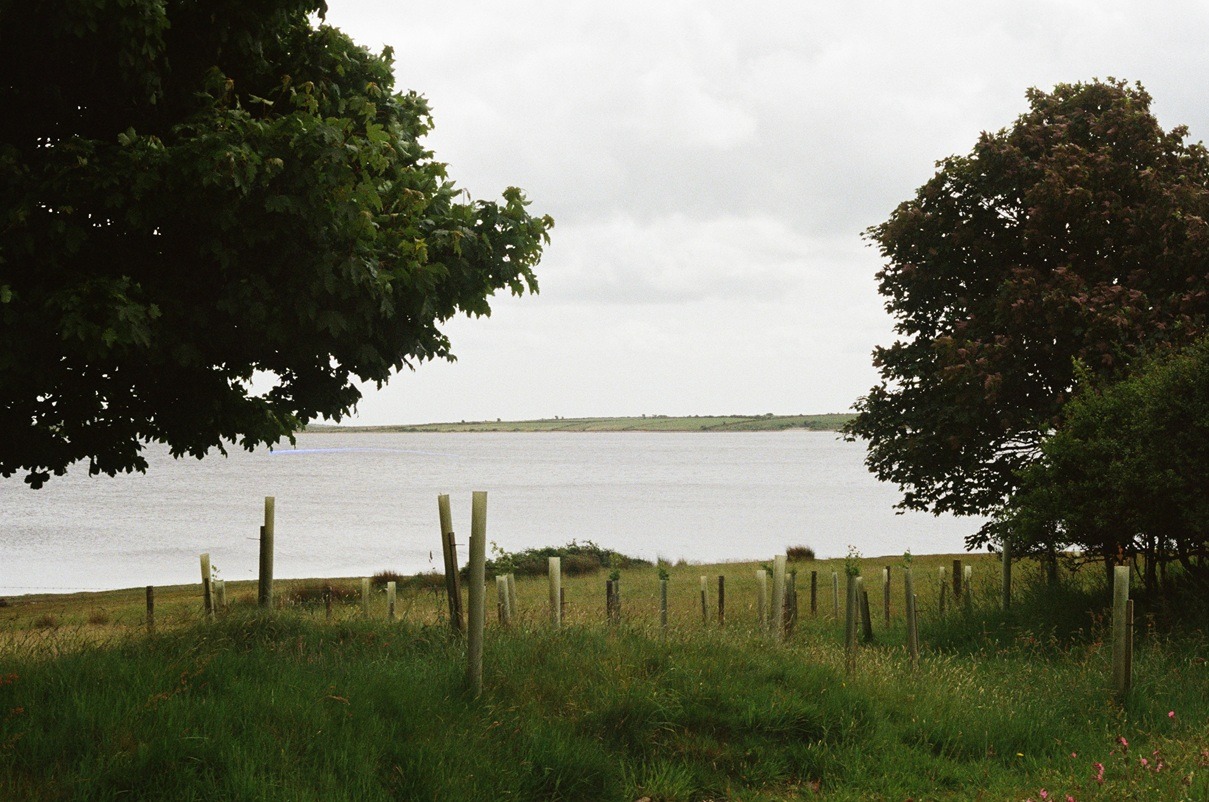
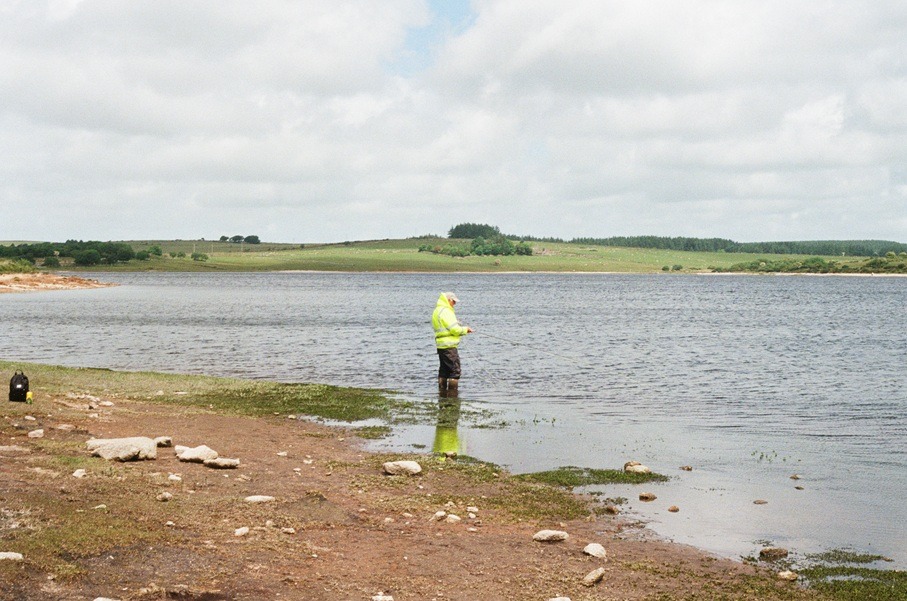

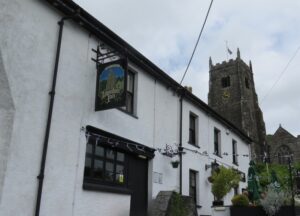

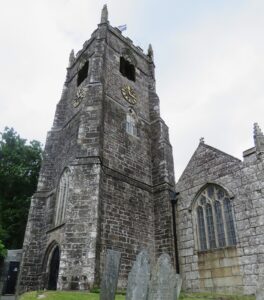
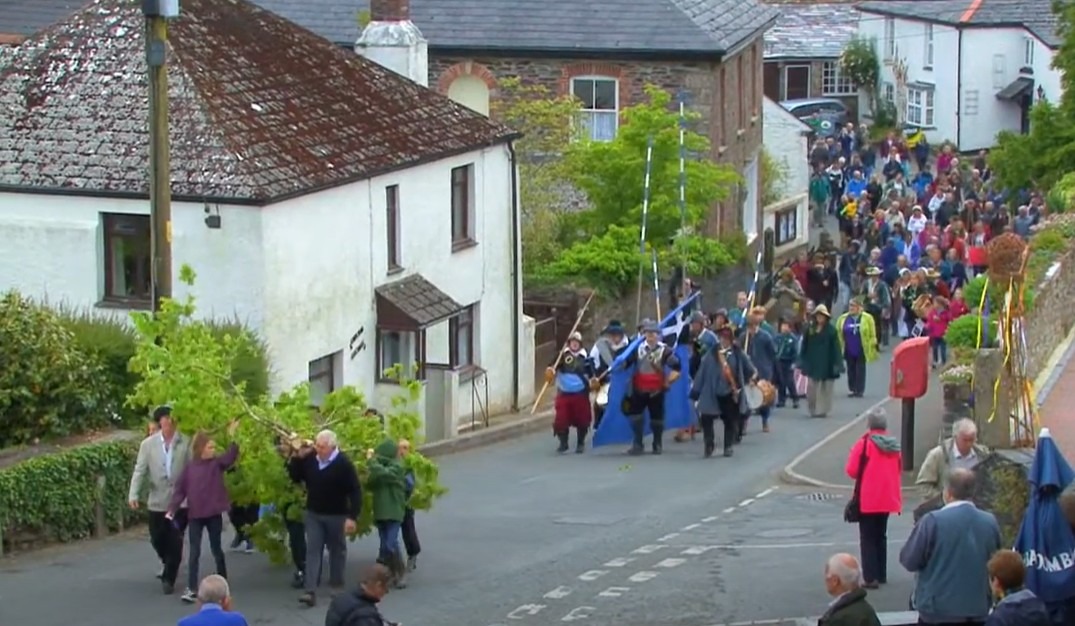
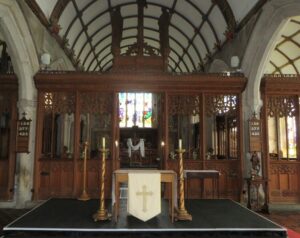
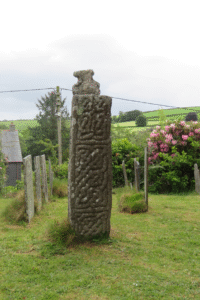



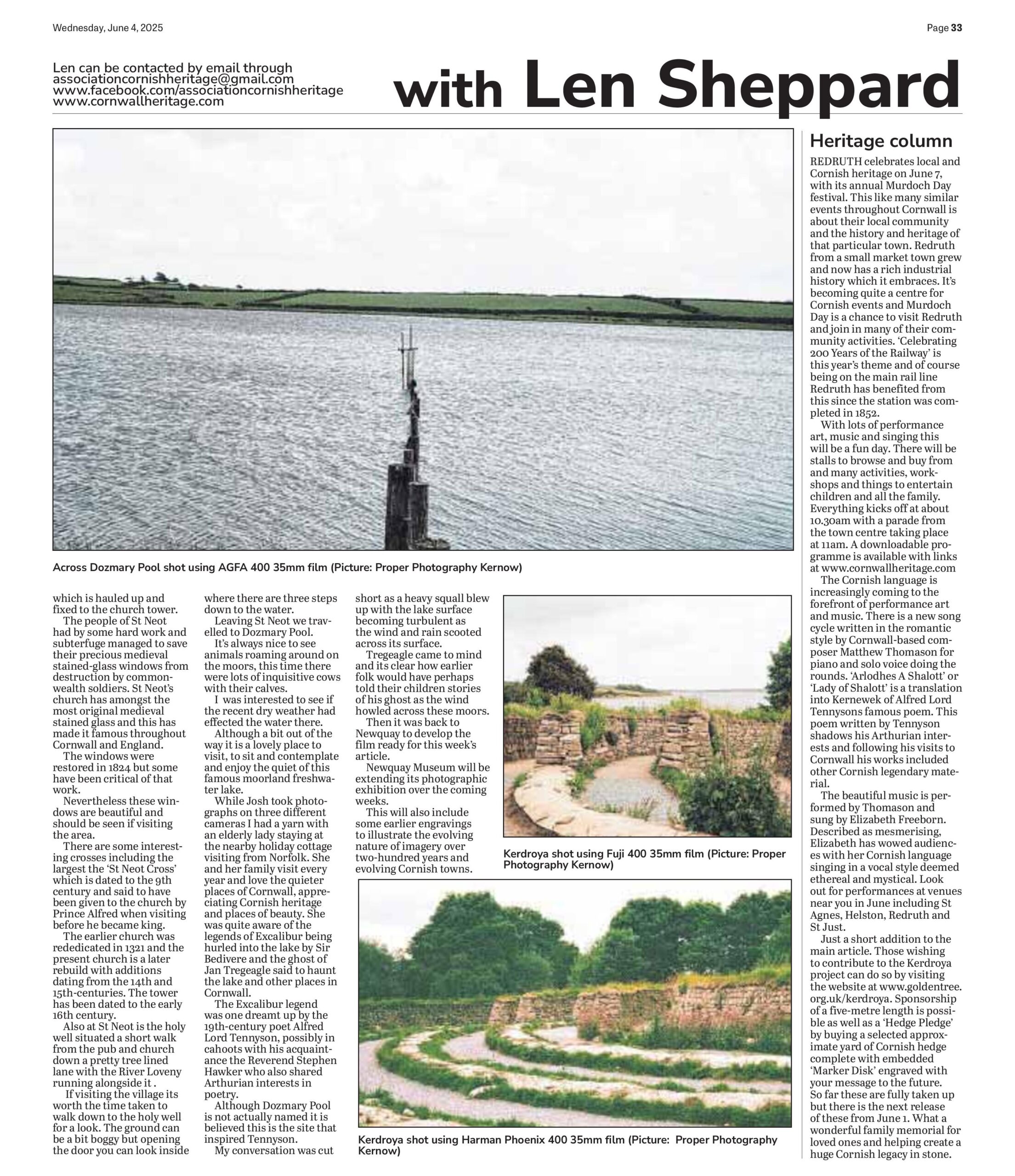
![[258] Ertach Kernow Heritage Column - 4th June 2025 - Murdoch Day, ‘Arlodhes A Shalott’, supporting Kerdroya Ertach Kernow Heritage Column - 4th June 2025 - Murdoch Day, ‘Arlodhes A Shalott’, supporting Kerdroya](https://www.cornwallheritage.com/wp-content/uploads/2025/06/258-Ertach-Kernow-Heritage-Column-4th-June-2025-Murdoch-Day-‘Arlodhes-A-Shalott-supporting-Kerdroya.jpg)